Have you heard of Asthanga Yoga before? If you have, what’s the very first thought that comes into your mind? I guess some kind of physically challenging asanas, some fancy, advanced postures on the hands or twisting one’s body in every possible direction. Ashtanga (Vinyasa) Yoga, founded by Sri K. Patthabi Jois in Mysore/India, is a traditional style of Hatha Yoga; a very powerful form based on dynamic flowing series of postures. However, the phrase “Ashtanga” literally means 8 limbs or the 8 folded path of Yoga and traces back to the Yoga sutras, the old texts written 200 BCE by the father of Yoga Patanjali.
You can perceive Ashtanga Yoga as a step by step path including various spiritual practices which will guide you towards the ultimate essence of consciousness. A very nice metaphor may be a ladder: We start with the outer, physically related life of self-evolvement moving one step at a time towards the uncommon realization of the transcendental Self, known as Purusha, where we move beyond personality and identification. Thus, practicing Yoga in its different but unifying aspects helps us to distinguish between ignorance and awareness, between illusion and truth, which eventually leads to liberation and, possibly, to enlightenment. These limbs will lead you to the overall goal of yoga – “union” – becoming one with the Divine.
the ultimate essence of consciousness. A very nice metaphor may be a ladder: We start with the outer, physically related life of self-evolvement moving one step at a time towards the uncommon realization of the transcendental Self, known as Purusha, where we move beyond personality and identification. Thus, practicing Yoga in its different but unifying aspects helps us to distinguish between ignorance and awareness, between illusion and truth, which eventually leads to liberation and, possibly, to enlightenment. These limbs will lead you to the overall goal of yoga – “union” – becoming one with the Divine.
“Yoga exists in the world because everything is linked.”
(Desikashar)
So, what are the eight limbs? Most of you are probably familiar with asanas, the yoga postures. This part is the most common in the west. However, following the Yogic path requires one to face all aspects and to go beyond the physical practice. As I love to call it the Holistic Yoga practice – let’s get into it straight away!
~ External vs. Internal Yoga ~
As I related the 8 limbs metaphorically to a ladder, we’re beginning with the basics within our physical all-day life and moving through a 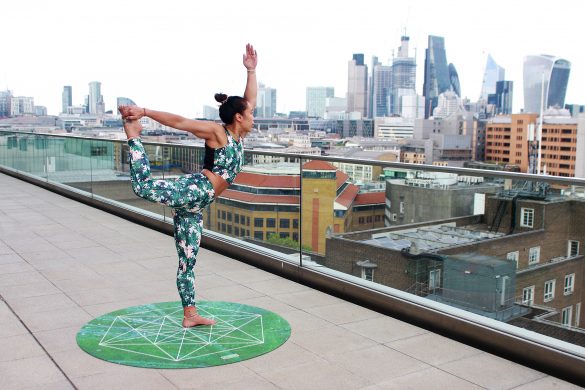 progressive purification, from the external state to much more internal. Thus, the first 5 limbs refer to the external Yoga where we are guided by principles and teachers. This part represents the widely known Hatha Yoga. It is all about doing, putting effort into the practice, with pleasure and pain.
progressive purification, from the external state to much more internal. Thus, the first 5 limbs refer to the external Yoga where we are guided by principles and teachers. This part represents the widely known Hatha Yoga. It is all about doing, putting effort into the practice, with pleasure and pain.
The external or Hatha Yoga includes the following limbs:
- Yama: basic moral principles/ethics
- Niyama: restraints or personal observances
- Asana: physical exercises/ postures
- Pranayama: breath control/ expansion of the breath and prana
- Pratyahara: sense-withdrawal
“You have to grow from the inside out.
None can teach you, none can make you spiritual.
There is no other teacher but your own soul.”
(Swami Vivekananda)
As soon as we’re practicing these first limbs with a helping, guiding hand on a regular basis, they can become firmly rooted. This is the point where the higher limbs spontaneously arise and evolve with time by themselves. Thus, Hatha Yoga is a preparation for the higher limbs known as Raja Yoga. For practicing these limbs, there is no need for an external teacher as we go deeply within and have all the control by ourselves. We’re growing on the platform of Hatha Yoga. A place from where it starts to be a natural process.
The internal or Raja Yoga includes the following limbs:
- Dharana: concentration
- Dhyana: meditation
- Samadhi: fully integrated consciousness (ecstasy)
~ Hatha Yoga: Basic principles & guided practices ~
The first 2 limbs give you a moral compass as they comprise of ethical principles: Yamas and Niyamas.
Yama focuses on harmonizing relationships with other beings as it represents rather a social limb.
It includes 5 principles:
- Ahimsa (non-violence), meaning to cultivate compassion for all living beings and things in your thoughts, words, and actions. It relates for instance to a vegetarian or vegan (plant based) diet, based upon the idea of not harming animals.
- Satya (truthfulness)
- Asteya (non-stealing)
- Brahmacharya (sense control), which is particularly related to sexual activity
- Aparigraha (non-possessiveness or non-greed)
Niyama revoles around personal behaviors. They represent the values with which we interact with ourselves. It is concerned with the inner life, how to harmonize your life towards the greater life and the transcendental reality.
There are 5 Niyamas:
- Saucha (purity)
- Santosa (contentment)
- Tapas (discipline or austerity)
- Svadhyaya (spiritual self-studies)
- Isvarapranidhana (surrender to the divine)
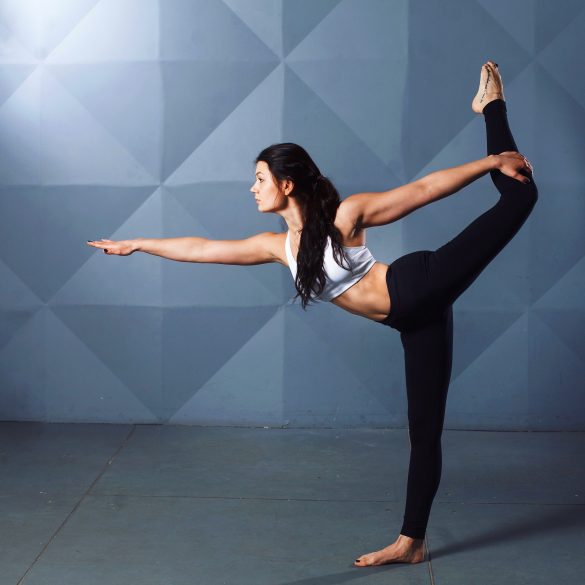 Next, we have the physical postures, the Asanas, representing the 3rd limb. Starting with the body as the matter of our holistic system is the crucial key to move towards the mind-related, emotional-related and therefore energy-related levels. During the asana practice, the focus goes towards the breath, which metaphorically combines the body with the mind. Asanas are used to challenge and open the physical body as a way of exploring one’s mental attitudes and strengthening the will by learning to release, to move into a state of grace. We create some sort of balance between the material world and our spiritual experience.
Next, we have the physical postures, the Asanas, representing the 3rd limb. Starting with the body as the matter of our holistic system is the crucial key to move towards the mind-related, emotional-related and therefore energy-related levels. During the asana practice, the focus goes towards the breath, which metaphorically combines the body with the mind. Asanas are used to challenge and open the physical body as a way of exploring one’s mental attitudes and strengthening the will by learning to release, to move into a state of grace. We create some sort of balance between the material world and our spiritual experience.
“It is through the alignment of the body that I discovered
the alignment of my mind, self, and intelligence.”
(B.K.S. Iyengar)
Pranayama, the 4th limb of Yoga, means to control the breath. As I already described its tight relation to our mind, we use breath to calm the mind. At the same time, we expand and purify “prana”, which means life-force energy. By ceasing the constant fluctuations and the activity of our mind, we gain clarity, a new perspective emerges and we become well prepared for meditation.
Withdrawing our senses, as Pratyahara is defined, relates to detachment from the massive amount of external stimuli we face all the time. These sensorial distractions will constantly keep us back from focusing on the path of Self-realization and the achievement of internal peace. As most of us experience it, the senses become our masters rather than being our servants: desires, cravings, needs come up which are simply attachments to external objects and they always lead to suffering. If you start meditating, Pratyahara will occur pretty much automatically because the mind is so focused that the senses are following – and not the other way around.
~ Raja Yoga: The internal path towards enlightenment ~
As soon as we’ve relieved ourselves from outside distractions, we now come face to face with the distractions of the mind itself. Therefore, making use of Dharana, the practice of concentration, helps us one step (limb) further on our path. According to Patanjali, concentration means binding of consciousness to a (single) spot. The ability to concentrate without any distractions is exclusively possible if we’re in this exact moment – the here and now. This state of presence cures the mind of inner conflicts; it satisfies us to the maximum. Each of us can relate to these moments: to be engaged with something you love uninterrupted by external or internal distractions, time seems timeless, you’re utterly focused with an infinite amount of energy; As we becomeself-observant in Pratyahara, we focus our attention on one single point in Dharana while extended periods of this practice will naturally lead us towards the next limb.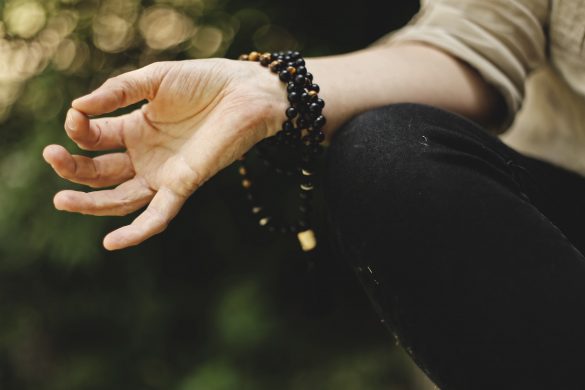
Dhyana, also known as meditation or contemplation, may be explained by an uninterrupted flow of concentration. This attentive practice of focusing is no longer needed as you arrive within this ultimate state of being in Dhyana. It produces a state of tranquility, the mind has become quieter and it enables us to reach an increased level of awareness. But remember, this whole practice is a process, not a terminal goal you once achieved and remain in forever. It very much depends on your own commitment, readiness, patience, and ability to surrender.
“Meditation is a way for
nourishing and blossoming the divinity within you.”
(Amit Ray)
The final stage every seeker is striving for is the ultimate state of ecstasy, as Patanjali describes Samadhi. It is the level where you realize this profound connection to the Divine, an infinite connectivity with all living beings and things; an internal peace of such an extent we are not able to find words for. Samadhi is an experience of bliss, being one with the entire universe; this sensation arises from an even higher level of meditation than Dhyana. Samadhi is the precursor of enlightenment – a state of pure being, Self-realization, realizing everything that is, which is consciousness. Thus, personal identity vanishes as oneness is experienced. Eternal freedom beyond all stages, beyond any boundaries, even of time and place.
~ Conclusion: The holistic path of Asthanga Yoga ~
Practicing Yoga once in a while on the mat and following the Yoga path are two different things. Not everyone who benefits from asana practices in a yoga school needs or desires to dedicate their entire life to this yogic path towards enlightenment. However, once you’ve started yoga, sensing its overall benefits and getting engaged with the practice really does have a magnificent power to draw you into it’s spiritual journey. So, I recommend anyone who wants or is practicing yoga simply to listen to yourself – how far you are you willing to go? There is no need for pushing or forcing. Do whatever feels good and right for you. Every single step towards a life in awareness has a deep impact – not only on your life but also on the life of everyone else around you.
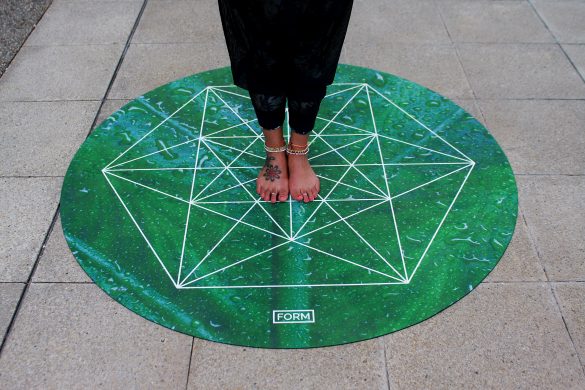 “Don’t rush anything.
“Don’t rush anything.
When the time is right, it will happen.”
When I refer to Yoga, I’m always speaking about the holistic practice which primarily includes asanas, pranayama, meditation; all of which automatically draw you to some extent into the practice of pratyahara – a concept based upon the moral principles towards all living beings and yourself. You literally start cultivating these principles while practicing asanas as well as the other limbs. For example, many practitioners speak about the importance of a clean, plant-based, sattvic diet as an ultimate requirement for meditation. Of course, food is vibrational energy and it does not only function as fuel and nutrient-provider in our body, but it profoundly impacts our mind, emotions and furthers your spiritual evolvement. At some point of your practice, everything that doesn’t belong falls away naturally as you will sense from the inside out what aligns and matches with your body, your values, your feelings and what does not (anymore).
I’m sending you love and light, my friends. Stay blessed. Stay truthful. Stay simply yourself.
Namasté,
yours Isabel!
Pictures
Unsplash (www.unsplash.com)
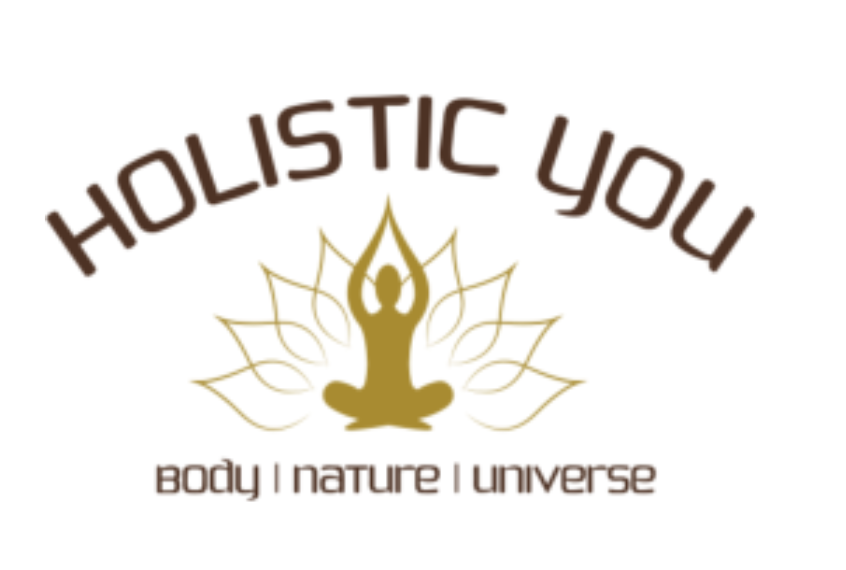
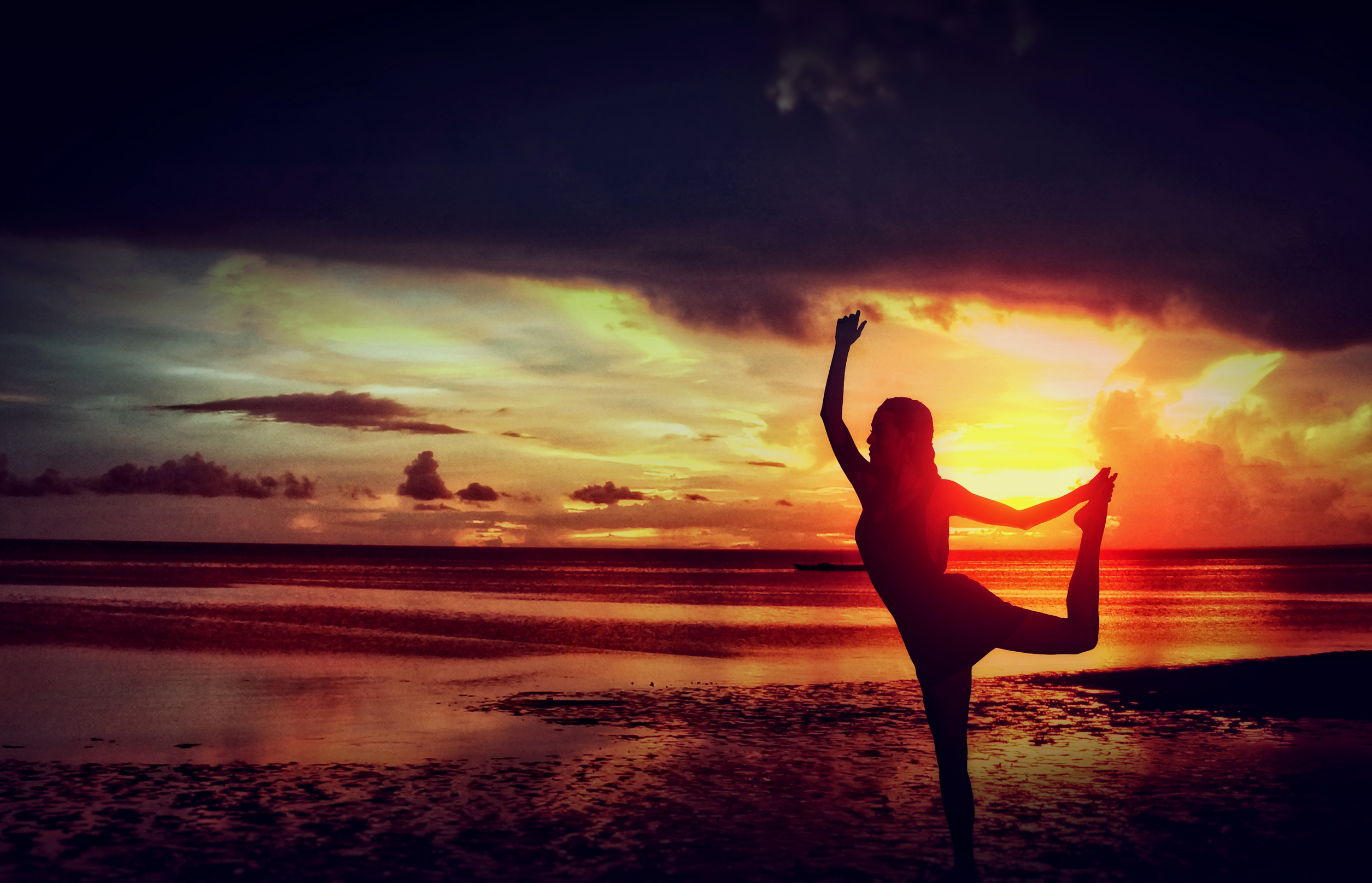


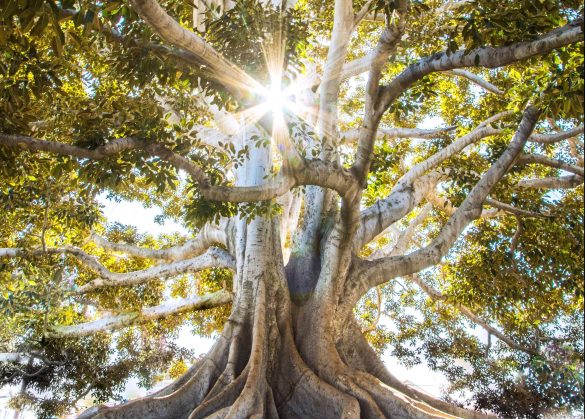

Thank you, dearest Isabel, for bringing this amazing and deep topic closer to my heart <3 I love the way you dive into the mesmerizing world of Yoga – something more than just a physical activity. Something deeper and closer to one's soul. than imaginable.
Namaste
<3
Dearest Nour, my soul sister!
It honestly is not an easy-digestible topic, especially for those who are not familiar with spirituality, consciousness and oneness as the source of every existence – in terms of Yoga. But it has been guiding me within my own experience very deeply into this topic, so I can relate to Patanjali’s written Sutras. And yes, that’s why I feel the urge to share it with the world: because of my personal relation to it!
Your words mean the world to me. Thanks for sharing your opinion on this article!
Lots of love & Namasté,
yours Isabel!